Aquafaba (bean water) is an amazing ingredient that can be used instead of egg whites, making it a boon to vegans everywhere, including those who thought lemon meringue pie was a ting of the past! In Aquafaba, Zsu Dever’s groundbreaking new cookbook, you will find everything you ever wanted to know about using aquafaba, including a meringue primer, tips and tricks, and Zsu’s fabulous recipes, complete with clear instructions and gorgeous photos throughout.
In this book, Zsu shares her recipe for an amazing lemon meringue pie, airy macarons, and light and luscious chocolate mousse,among other confections. There are also savory recipes for burgers, quiche, and much more, including the deliciously crisp latkes (below). In addition, Zsu answers the question “What do we do with all the leftover chickpeas?” with an entire chapter filled with fantastic chickpea recipes such as Curried Caribbean Coconut Chickpeas, Korean Dak Galbi, Pulled Chickpea Seitan Roast, and Shiro Wat.
If you’re interested in learning more about transforming the bean liquid you used to through away into amazing sweet and savory delights, you’ll want to own a copy of Aquafaba. Now here’s that latke recipe….
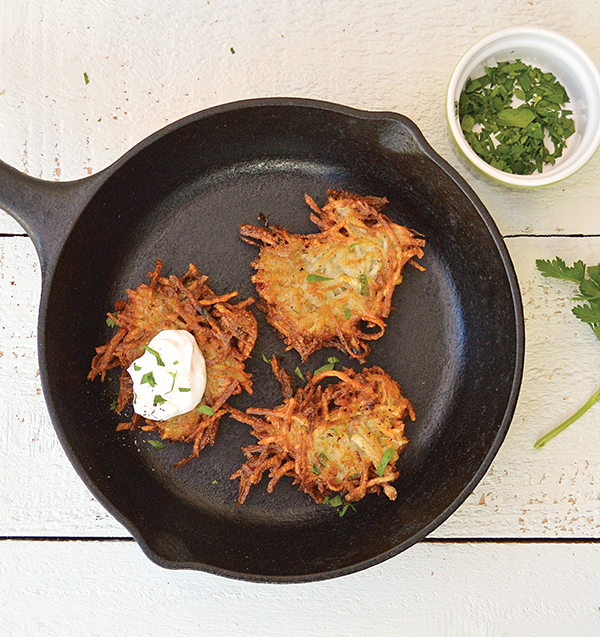 Latkes
Latkes
These latkes are perfectly crisp on the outside and melt-in-your-mouth on the inside. The added potato starch increases their crispiness, but it is not essential. Some russet potatoes tend to be on the drier side, but to be safe, place them in a lint-free kitchen towel, fold up the edges and give them a good wring to remove excess water. Serve this the traditional way, with nondairy sour cream and applesauce. (From Aquafaba, copyright © 2016 by Zsu Dever. Used by permission.)
- 2 pounds russet potatoes
- 1/2 medium onion
- 1/4 cup aquafaba (see Note)
- 1/4 cup potato starch, optional
- 2 tablespoons minced fresh parsley, optional
- 1/2 teaspoon sea salt
- 1/2 teaspoon baking powder
- 1/4 teaspoon ground black pepper
- High-heat oil, for frying, such as canola or peanut
Peel the potatoes and shred them using either a food processor with the shredding blade or a box grater. Place them on a kitchen towel, fold up the edges, twist the towel around the potatoes, and squeeze out all the water that you can. Place the potatoes in a large bowl. Shred the onion and add it to the potatoes. Add the aquafaba, starch, parsley (if using), salt, baking powder, and black pepper. Mix very well.
Heat about 1/2 inch of oil in a large skillet over medium heat. Add two or three kernels of popping corn and heat the oil until the corn pops; this is an indicator that your oil is hot enough. Remove and discard the popped corn.
Using a 1/4-cup measuring cup, place 3 to 4 portions of the potato mixture in the hot oil and cook them until golden brown, about 2 minutes. Do not press down on the latkes. Flip the latkes and continue to cook another 2 minutes. Drain them on paper towels and serve as soon as possible. Make sure to give the potatoes a stir before measuring, and do not crowd the skillet or your latkes will not be crispy.
Makes 14 to 16 latkes
Note: Although aquafaba is best if homemade using the recipe provided in the book, you can use aquafaba from canned chickpeas. Use the organic, low-sodium, canned chickpeas and strain off the liquid into a measuring cup using a fine mesh strainer. Note the amount of liquid you acquired, then add it to a medium saucepan and bring to a boil. Reduce to a simmer and cook until the liquid reduces by 1/3. Cool the aquafaba completely before using.

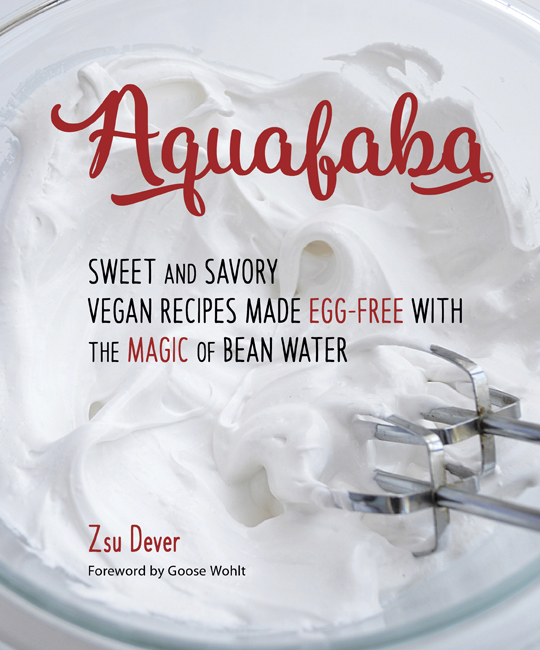






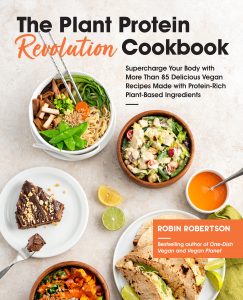
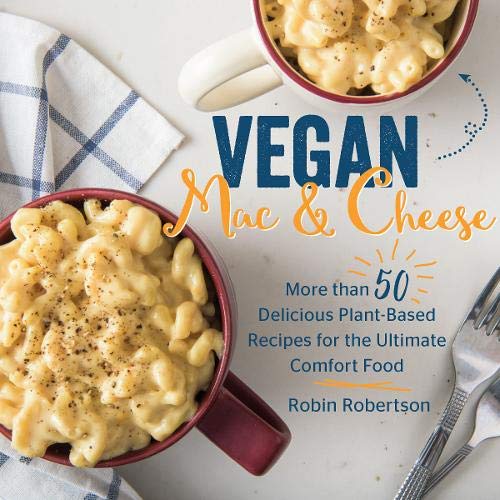

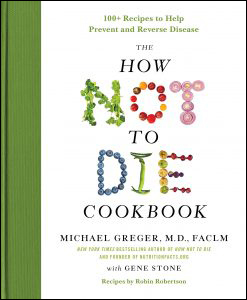

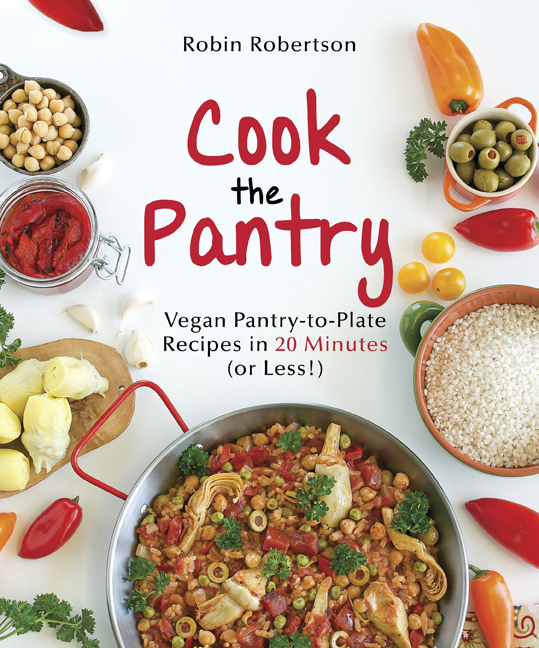
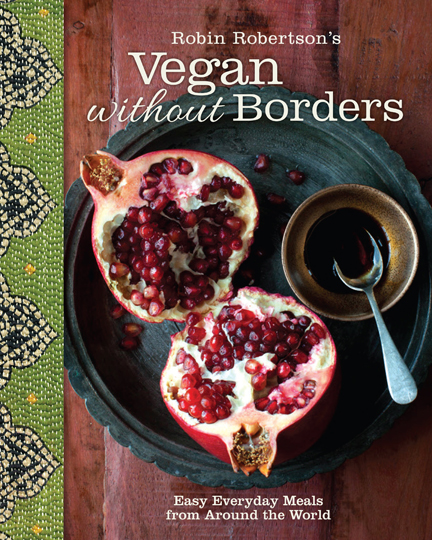
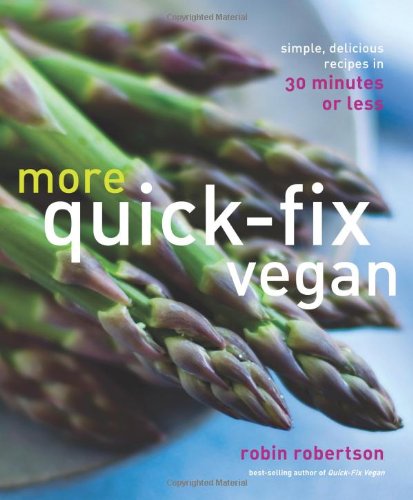
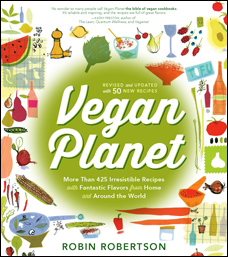
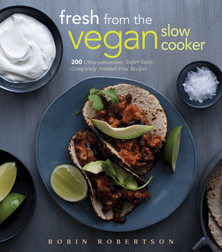
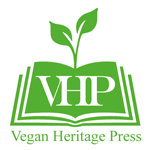
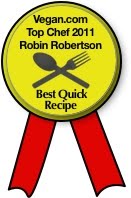

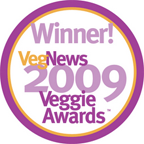

{ 3 comments… add one }
I had preordered the Aquafaba book. Much to my shock, after looking through it today, the author
talks about using Carageenan to make a type of cheese. I must not have been alone when Blue Diamond Almonds was finally convinced to stop using carageenan in their almond milk. There is too much controversy about this additive. I’d love to write to the author but I can’t figure out how yet. I would NOT advise anyone to begin using this additive. Even if the research shows it may NOT be dangerous, there is too much evidence that states one should keep away from it. Just saying.
Hi Diane,
Thank you for your comment. I am aware of the controversy surrounding the ingredient carrageenan, which is why the recipe itself uses agar as the coagulant in the cheese. Having said that, I am also aware that lots of people know about the controversy and still choose to use it in vegan cheesemaking, which is why I chose to include it as an alternative to agar. My role is to supply the recipes and let the home cook decide what is best for them; it is not my place to decide that for them. All the popular vegan cheesemaking books use kappa carrageenan as an ingredient and I felt it proper to offer it as an option to my readers. I hope this does not affect your feelings about the other recipes. I was merely doing my due diligence in offering it in that one recipe as an alternative.
Best regards,
Zsu Dever, author of Aquafaba
Diane,
I contacted Zsu to respond to your comment. I hope this clears things up for you.
Thanks,
Robin